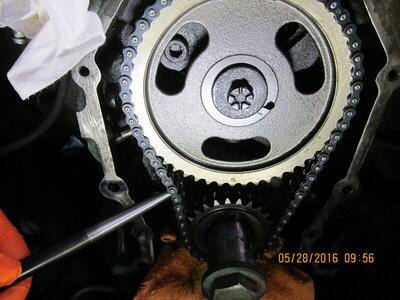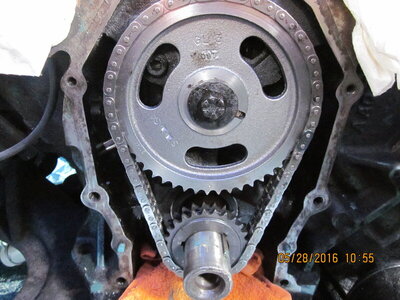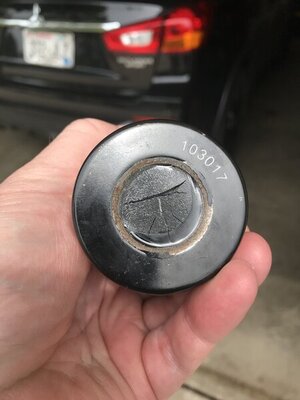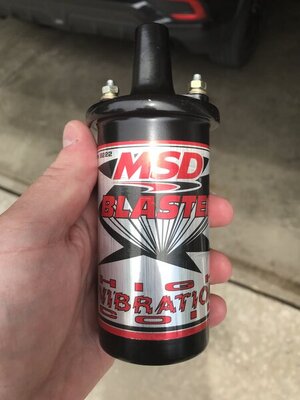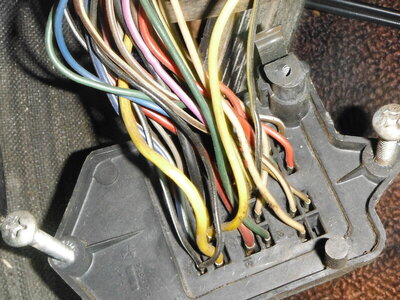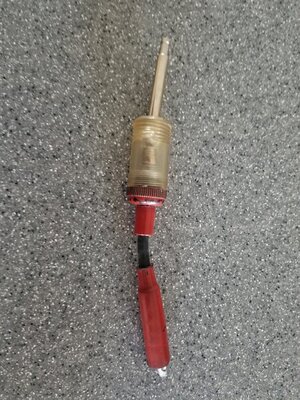Bee1971
Well-Known Member
I guess I celebrated too soon. Won't start today. It has spark. So now I'm guessing a fuel issue. But it won't even fire up with starting fluid (doesn't even really sound likes it's trying to).
So with spark and fuel there, what else can I look at?
This



